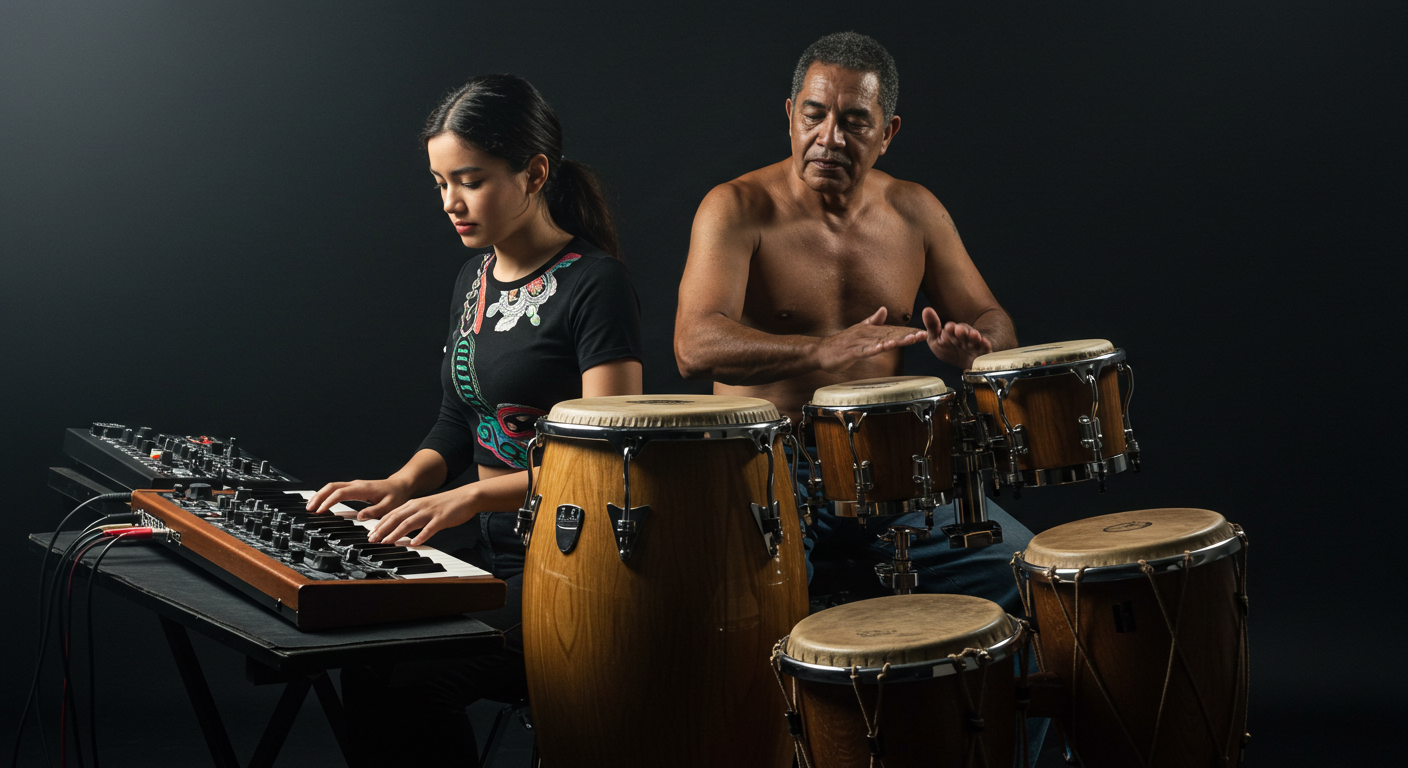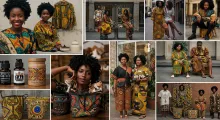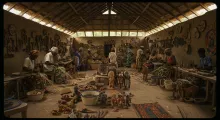Before the synthesizer, before auto-tune, and before digital audio workstations, there was the drum. In Africa, the drum was more than an instrument—it was a communicator, a cultural archive, and a spiritual force. Today, even as Afro-pop, Afrobeats, Amapiano, and hip hop dominate the charts, the echoes of traditional African drumming still resonate through the rhythms we hear.
Drums: The DNA of African Music
African drumming is rhythmically complex and spiritually grounded. Instruments like the talking drum (Nigeria), djembe (West Africa), ngoma (Central and Southern Africa), and bougarabou (Senegal) all served specific purposes—storytelling, war calls, worship, rites of passage, and healing.
What’s most fascinating is how these traditional beats continue to shape the identity of modern music.
Where Traditional Drumming Meets Modern Sound
1. Afrobeats & the Talking Drum
Producers like Sarz, Pheelz, and Kel-P layer traditional talking drum rhythms over electronic beats, preserving the percussive language of Yoruba culture in chart-topping songs. You hear it clearly in Burna Boy’s Gbona or Wizkid’s Joro.
2. Amapiano’s Percussive Influence
Though Amapiano is built on house music, its deep log drums and layered beats mirror township drumming circles and marabi-style rhythms from South Africa. The beat drops follow the logic of call-and-response drumming.
3. Afro-House and Spiritual Drumming
Artists like Black Coffee and Osunlade incorporate tribal chants and conga-like drumming patterns into Afro-House, creating immersive, spiritual listening experiences rooted in ancestral memory.
4. Hip Hop and the Beat Culture
Even African hip hop has borrowed from traditional percussion. Rappers like M.anifest (Ghana) or Nasty C (SA) sometimes use drum-based samples to blend oral tradition with modern lyricism.
Global Artists Borrowing African Drum Aesthetics
Beyoncé’s “The Lion King: The Gift” album used African drums extensively, curated with help from African producers.
Drake, Major Lazer, and Diplo have worked with African artists to create rhythm-heavy, drum-driven tracks.
Rihanna’s “Where Have You Been” features a beat inspired by tribal drum progressions.
Cultural Preservation Through Rhythm
For many African music producers today, incorporating traditional drumming is a way of preserving culture in a commercial context. It’s storytelling through sound, heritage coded in 4/4 time, and a reclaiming of African sound identity in a world of auto-generated pop.
In essence, even when you’re nodding your head to a modern Afrobeats or Amapiano song, you’re hearing the ancestral pulse of a continent that has always used rhythm to express, connect, and celebrate.



